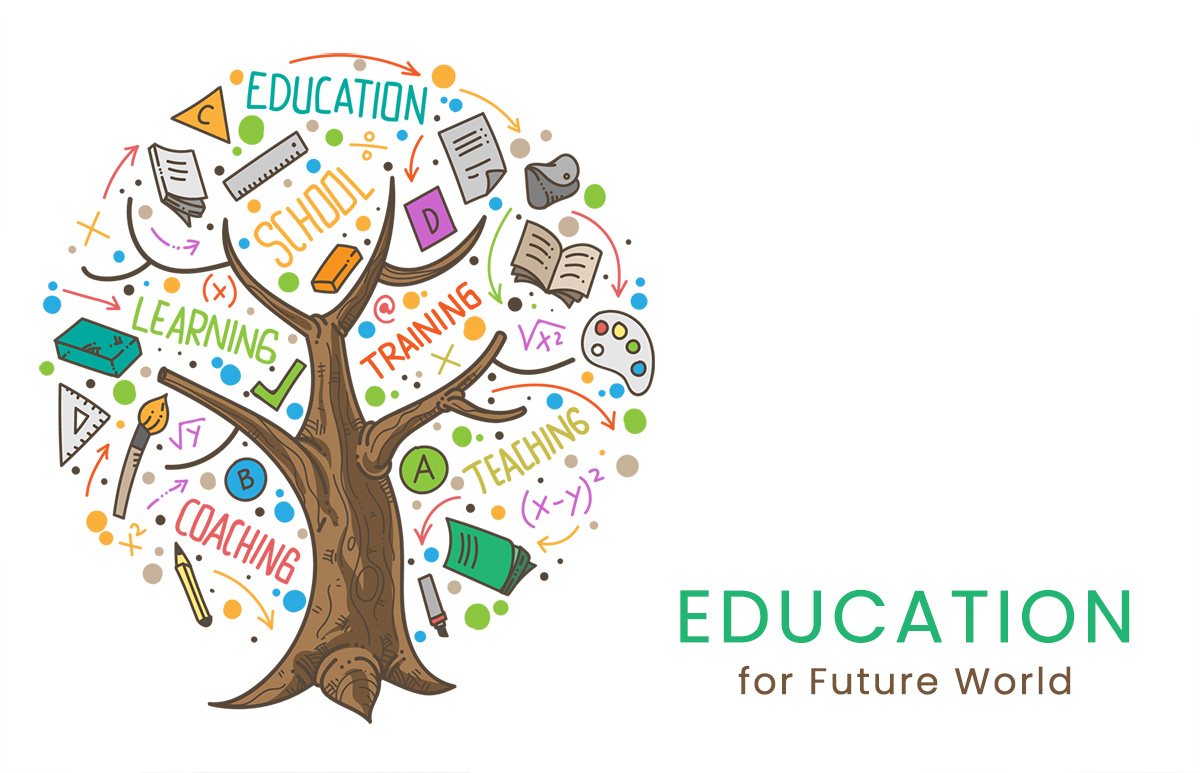
“Education is the most powerful weapon which you can use to change the world.” - Nelson Mandela
Education plays a pivotal role in shaping the future of humanity. It is a powerful tool that can be used to accomplish certain goals (aims) of human life. These aims of education are widely contested and hotly debated. Scholars come up with diverse and divergent aims of education with supporting arguments. Even general public comes up with questions concerning aims of education, such as, should education prepare for social life, religious life or work life. The aims of education hold paramount importance because they give direction to human activates that define our future. This essay critically examines the diverse aims of education, compares the two main contradictory aims of education (preparation for workplace or life), and provides our concrete stance on the most crucial aim of education.
There is a vast diversity of educational aims and level of importance that each particular aim holds. Few crucial aims that we have critically evaluated in this essay include; knowledge aim, socio-cultural aim, employment aim, personal development aim, spiritual (religious) aim, and democratic aim. According to knowledge aim of education, individuals develop an understanding of themselves and the world around them. Renowned philosopher Aristotle argued that knowledge reception and utilization are crucial element for understanding the world. According to socio-cultural aim of education, culture holds great importance for communal life of the members of any particular society who share same norms, values and traditions.
According to employment aim, education should prepare individuals for earning livelihood and becoming economically independent citizens. M.K Gandhi sums up this in following words, “true education ought to be for the boys and girls a kind of insurance against unemployment.” According to personal development aim, education provides students self-fulfillment, character building, and effective communication or self-expression skills. According to Spiritual (religious) aim, the sole aim of education should be development of the spiritual potentialities of the individuals that gives real strength to human soul and mind. According to democratic aim, education should promote democratic values, which are necessary for the success of democracy. These values include faith in democratic process, respect for dignity, freedom of expression, equality of opportunity, justice, tolerance, and resort to peaceful methods of conduct.



